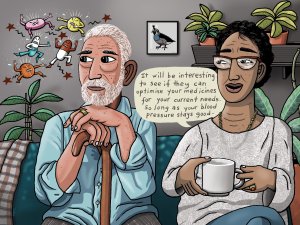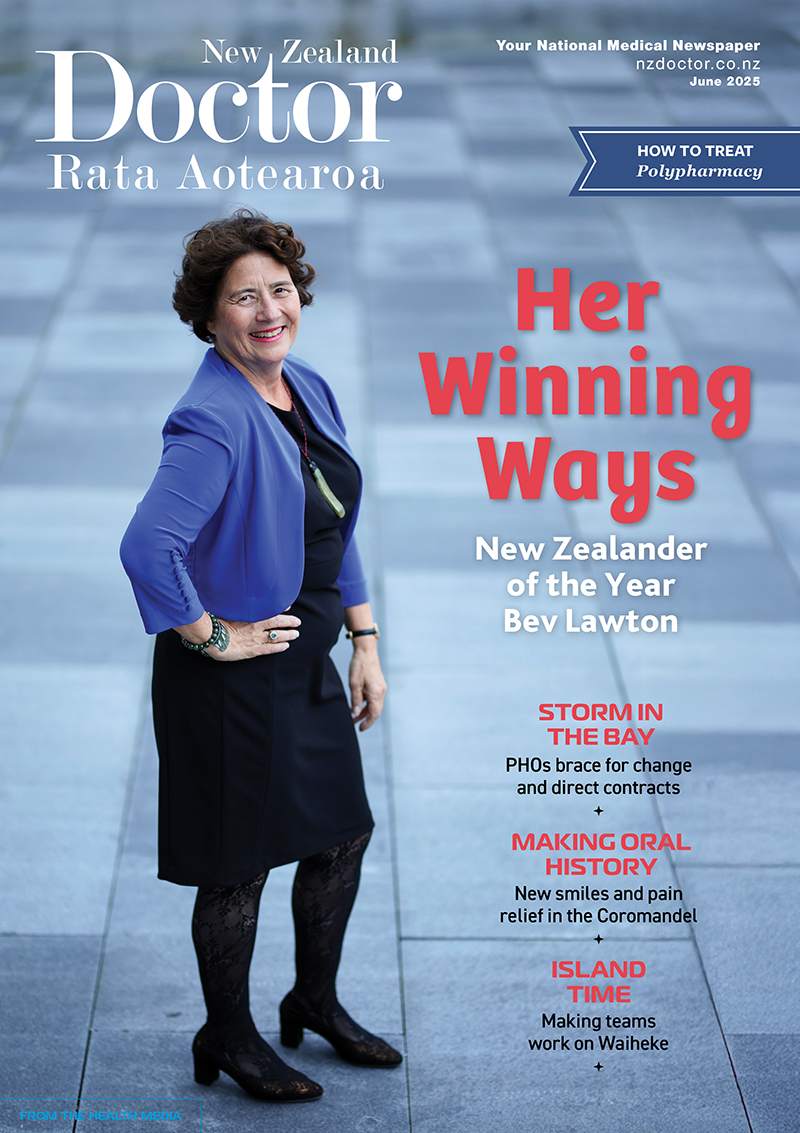For older people and frail people, the long-term benefit of medicines reduces and the potential for harm from adverse effects increases. When the benefit–risk balance changes in this way, medicine review and optimisation are important to simplify the therapeutic regimen, reduce inappropriate medicines and minimise risks. In this article, pharmacist prescriber Linda Bryant uses two case studies to illustrate important considerations during medicine reviews
Kiwi dentists back suggestion of graphic cigarette-style health warnings on sugary drinks
Kiwi dentists back suggestion of graphic cigarette-style health warnings on sugary drinks

The New Zealand Dental Association (NZDA) is backing a suggestion of adding graphic images of rotted teeth and health warnings on sugary drinks as way to encourage healthier behaviours.
The research was presented at the European Congress on Obesity by Professor Anna Peeters from Australia’s Deakin University.
Surveying nearly 1000 young adults, aged between 18 and 35, researchers showed a modelled 20% drop in purchases of drinks bearing a picture of rotten teeth.
“This is exactly one of the seven measures we have called upon in our Consensus Statement on Sugary Drinks,” said NZDA sugary drinks spokesperson Dr Rob Beaglehole.
“Europe is getting ahead of where New Zealand is at in addressing sugary drink harm. They are now talking about the idea of warning labels, and earlier this year the U.K introduced a comprehensive sugary drinks health levy,” said Dr Beaglehole.
Dr Beaglehole says that it’s not possible to keep ‘selling sickness’ without acknowledging the public health crisis in oral health damage, and obesity.
A consortium of public health groups is backing a NZDA-led 7-point Consensus Statement on Sugary Drinks. One of the measures includes the introduction of warning labels linking overconsumption of sugary drinks to poor health.



